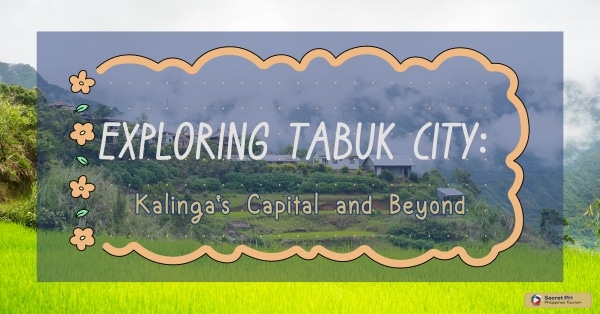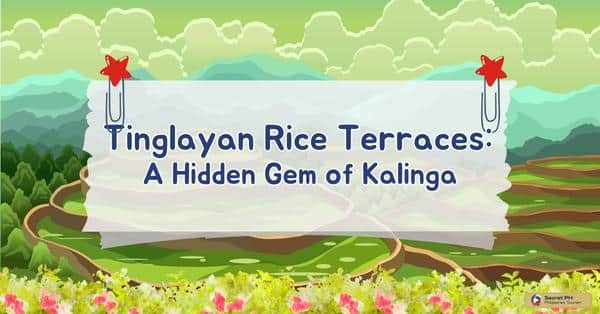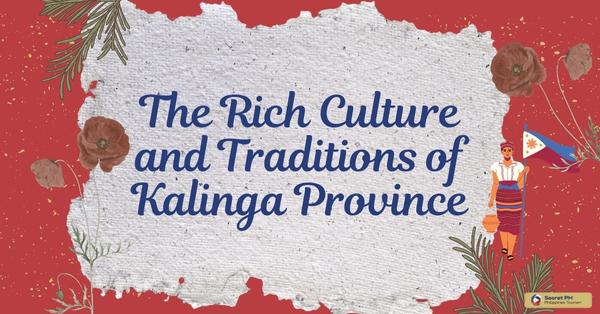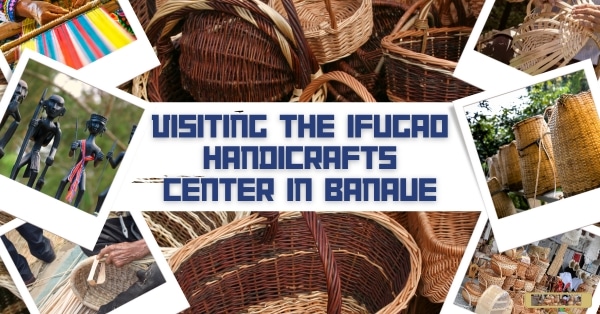Filipino martial arts are an integral part of the country’s culture, and festivals provide a great opportunity for its appreciation and preservation. Through performances, demonstrations, and workshops, Filipino Martial Arts can be showcased to both locals and visitors alike.
Festivals serve as a platform to promote cultural heritage, making it easier for people to access and learn about this unique form of martial arts. From Arnis to Eskrima, festivals offer countless opportunities to discover and appreciate the art of Filipino Martial Arts.
Let us explore how these events promote cultural heritage and provide a platform for learning and appreciation.
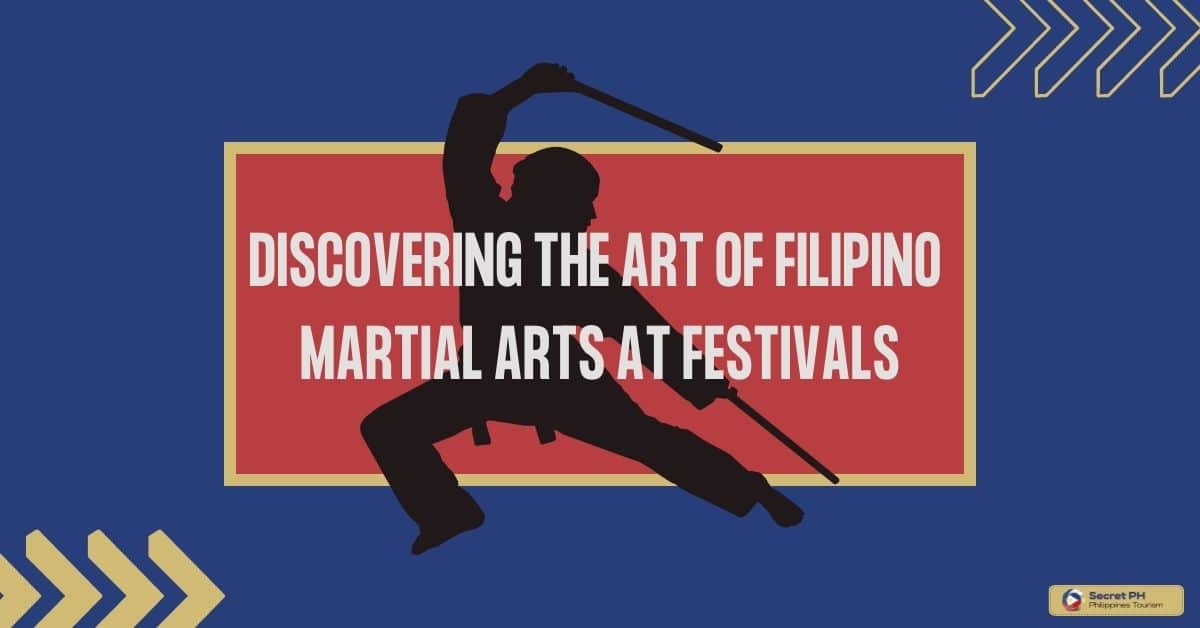
The Importance of Festivals in Promoting Cultural Heritage
Festivals are an important way to preserve and promote the cultural heritage of any nation. As a form of national celebration, they can bring together people from all walks of life and create awareness about the many aspects that make up Filipino culture.
By showcasing traditional martial arts, festivals provide a platform to educate people on the history and meaning behind these practices. This in turn helps to preserve Filipino culture, keeping it alive for generations to come.
Festivals also provide an opportunity for martial arts practitioners from all over the country to display their skills. Through performance demonstrations and workshops, they can share their knowledge and experience with others and help spread appreciation for the art form.
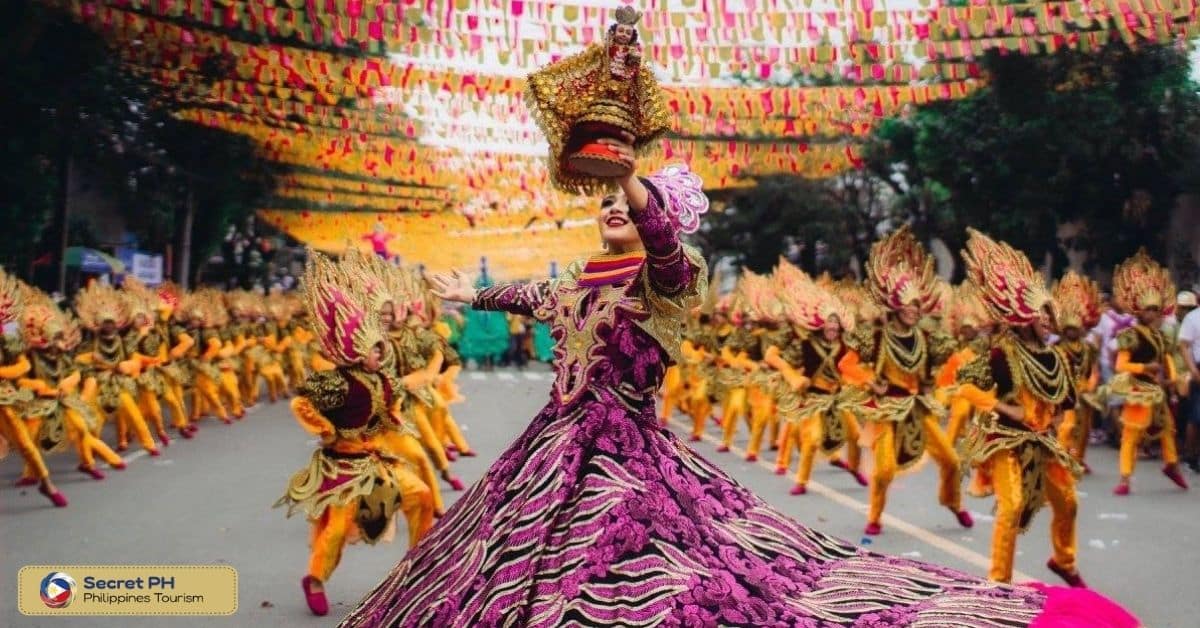
Filipino Martial Arts at Festivals: A Cultural Showcase
Festivals provide a platform for Filipino martial artists to showcase their skills and for people to learn about this unique form of martial arts. Through demonstrations, workshops, and performances, festival-goers can enjoy the art of Filipino Martial Arts and appreciate its cultural heritage.
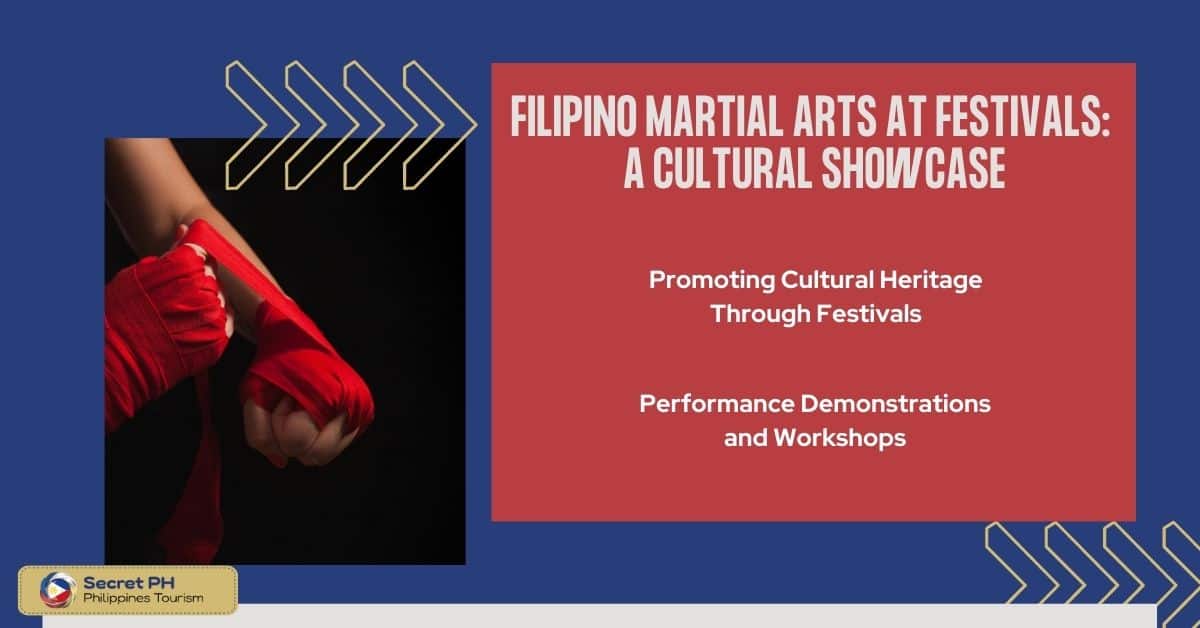
Promoting Cultural Heritage Through Festivals
Festivals present a great opportunity to promote the cultural heritage of Filipino Martial Arts. Through performances and workshops, people can learn more about the history, significance, and techniques associated with this form of martial arts. They can also gain insight into how these practices have evolved over time.
By showcasing these traditional martial arts at festivals, practitioners can help spread appreciation and awareness of Filipino culture. This, in turn, helps to keep the legacy of Filipino Martial Arts alive for generations to come. In doing so, festivals act as a platform to promote cultural heritage and ensure that these traditional practices continue to be shared among Filipinos for years to come.
Performance Demonstrations and Workshops
Festivals provide a great platform for martial arts practitioners to showcase their skills and teach others. Performance demonstrations are just one of the many interactive ways that Filipino martial artists can share their knowledge with others at festivals. Through these demonstrations, audience members can appreciate the art form and gain insight into its history and techniques.
Workshops are another way for martial artists to share their knowledge and experience with festival-goers. These sessions provide an opportunity for individuals to gain hands-on experience with Filipino Martial Arts, learning traditional forms and techniques from experienced practitioners. Through these workshops, people can gain a deeper understanding of the art form and its cultural heritage.
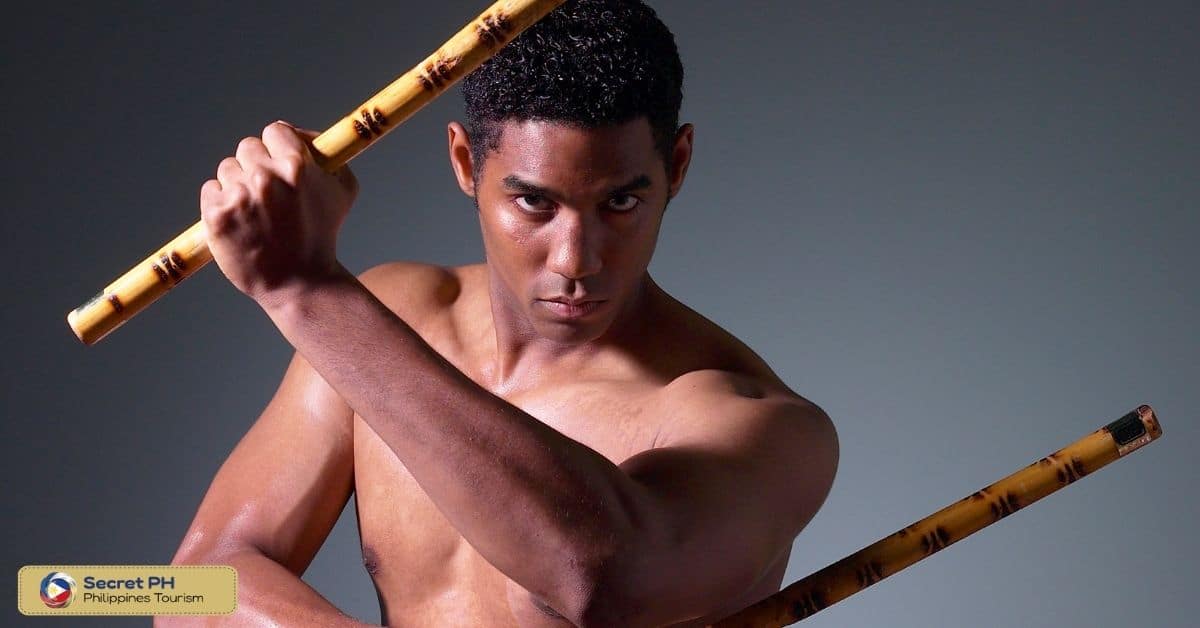
Demonstrations and Performances: Highlighting the Beauty of Filipino Martial Arts
Through demonstrations and performances, festivals allow practitioners to showcase their skills in the art of Filipino Martial Arts. Audience members can watch as martial artists perform complex movements that are both graceful and powerful. As they observe these intricate techniques, festival-goers gain an appreciation for the beauty of this form of combat.
Additionally, performance demonstrations highlight the cultural heritage of FMA. Through these exhibitions, practitioners are able to share their knowledge with the community, helping to keep Filipino culture alive for generations to come. By showcasing Filipino Martial Arts at festivals, viewers can gain a deeper understanding and appreciation for this unique art form.
Ultimately, festivals provide a great platform for cultural promotion and education through the appreciation of Filipino Martial Arts. Through demonstrations, workshops, and performances, both martial arts practitioners and festival-goers alike can gain insight into the history, techniques, and culture associated with this unique form of combat. In doing so, they can ensure that it is kept alive for future generations to come.
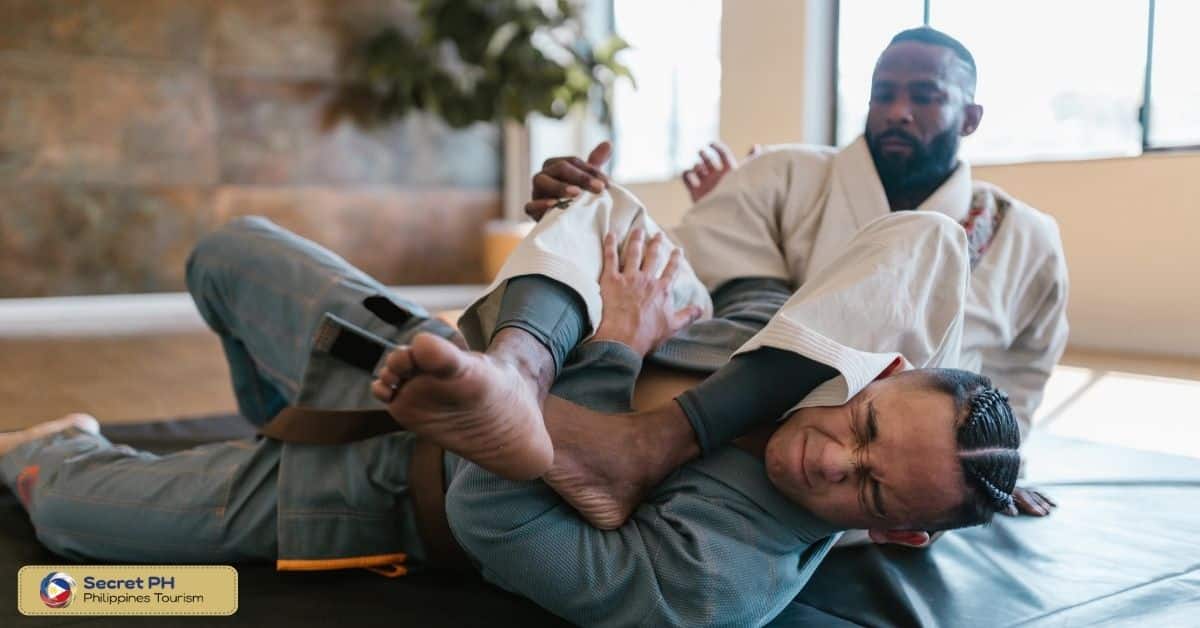
Types of Filipino Martial Arts Exhibited at Festivals
Filipino martial arts (FMA) are deeply rooted in the culture and history of the Philippines. FMA is a form of self-defense that uses both armed and unarmed combat techniques. It has evolved over centuries, passed down from generation to generation, and is still practiced today by practitioners all over the world. At festivals, FMA demonstrations give audiences a taste of the unique art form.
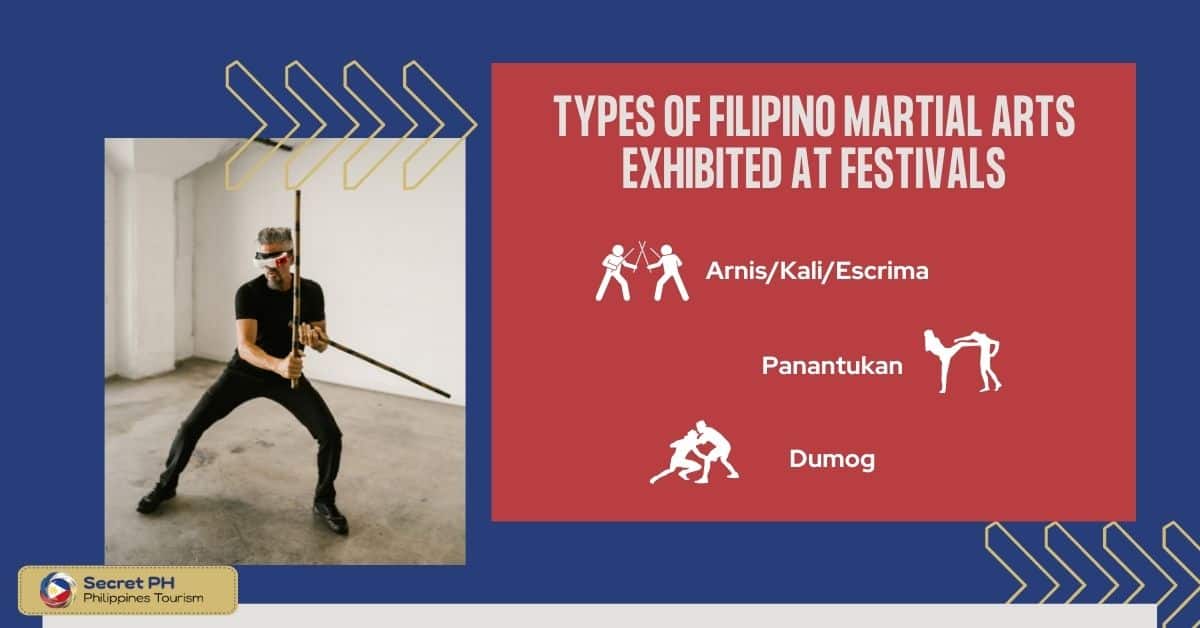
Here are some types of Filipino martial arts that are often showcased at these events:
Arnis/Kali/Escrima
Arnis, also known as Kali or Escrima, is a weapon-based martial art. With its focus on sticks and swords, it is believed to be the oldest form of FMA. This style makes use of various Filipino weapons such as rattan sticks, ‘bolos’ (machetes), knives, bows and arrows, kris daggers, and ‘espada y daga’ (sword & dagger). It also incorporates open-hand techniques using blocks and strikes with empty hands. During demonstration performances at festivals, practitioners showcase their defensive tactics by parrying incoming attacks with sticks or swords.
Panantukan
‘Panantukan’ is an unarmed form of FMA that involves boxing techniques along with trapping motions using one’s hands and feet. This art emphasizes close-range combat making use of punches, kicks, and close grappling motion in order to gain an advantage over an opponent. In festival performances, ‘panantukan’ practitioners show audiences how they can skillfully dodge blows while simultaneously launching powerful offensive strikes back at their opponent.
Dumog
‘Dumog’ is another unarmed variation where grappling movements take center stage. Practitioners use throws, joint locks, and pressure points to gain an advantage in situations where kicks or punches would be ineffective. During exhibitions at festivals, audiences can watch as two combatants engage each other in complex contests where they contort their bodies into extraordinary positions while trying to outmaneuver each other in order to land “the winning move” on their opponent.
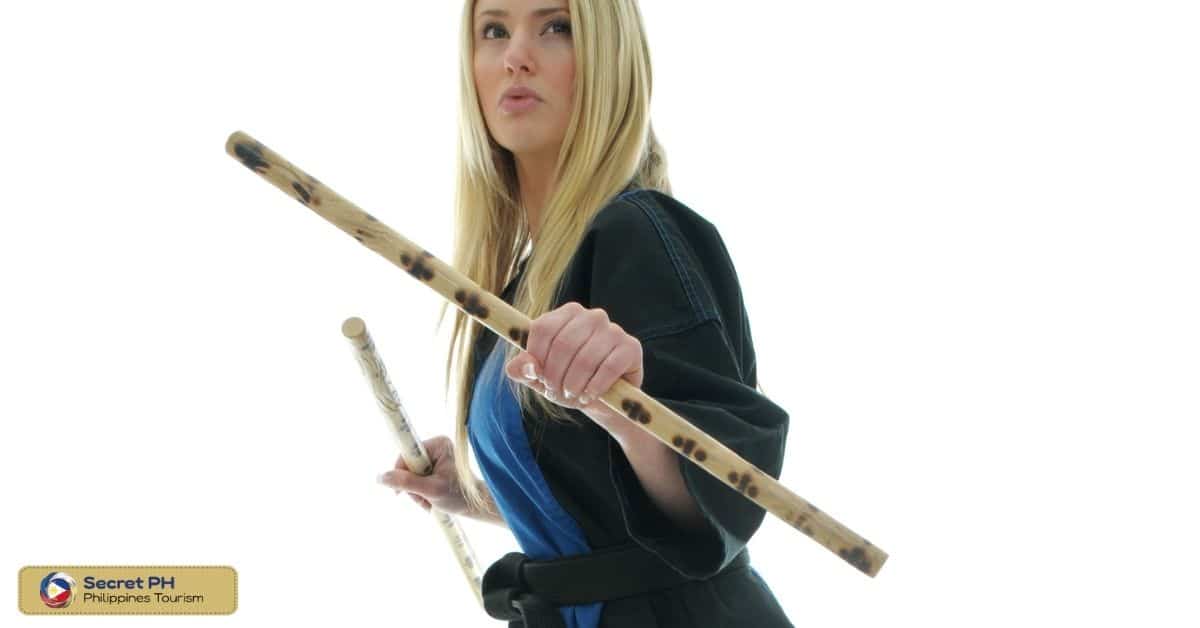
Opportunities for Learning and Appreciation
Festivals provide an excellent opportunity for learning and appreciation of Filipino Martial Arts. Visitors to a festival can observe demonstrations, join in workshops, and get hands-on experience with different forms of FMA. Here are some opportunities for learning and appreciation that festivals offer:
- Learning about the history, technique, and culture of Filipino martial arts from experienced practitioners.
- Witnessing world-class demonstrations and performances that showcase the beauty and elegance of Filipino martial arts.
- Participating in sparring sessions or competitions with practitioners from all levels of experience.
- Participating in workshops or seminars to hone your skills under the tutelage of highly skilled teachers.
- Sampling delicious local delicacies that reflect the diverse cultural heritage of the Philippines.
- Exploring traditional weapons used in Filipino martial arts such as sticks, blades, staffs, knives, and others.
- Enjoying vibrant music and entertainment throughout festival festivities.
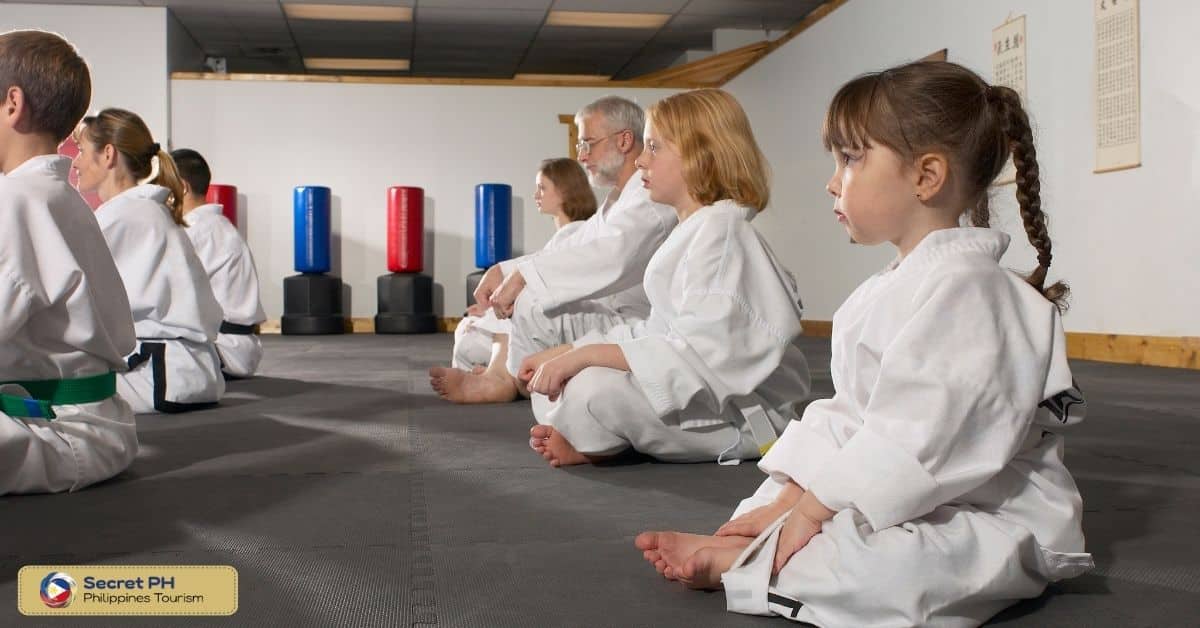
Preserving Filipino Martial Arts Through Festivals
Festivals provide a great platform for preserving Filipino martial arts and its cultural heritage. Through performances and workshops, people can learn about the history, techniques, and meaning behind this unique art form. By showcasing traditional martial arts at festivals, practitioners help spread appreciation and awareness of Filipino culture.
By fostering an understanding of FMA through these interactive events, practitioners can help to keep the legacy of Filipino martial arts alive for generations to come. In doing so, festivals act as a platform to promote cultural heritage and ensure that these traditional practices continue to be shared among Filipinos for years to come.
By providing visitors with the opportunity to learn and appreciate Filipino martial arts in their art form, these festivals are helping to preserve the cultural heritage of this unique martial art.

In conclusion
Festivals provide a great platform for promoting the cultural heritage of Filipino Martial Arts. Through demonstrations, workshops, and performances, martial arts practitioners can share their knowledge and experience with others and help spread appreciation for the art form.
By showcasing these traditional martial arts at festivals, audience members can gain a deeper understanding of the art form and its cultural heritage. Festivals play an important role in preserving Filipino culture and in keeping the legacy of Filipino Martial Arts alive for generations to come.


